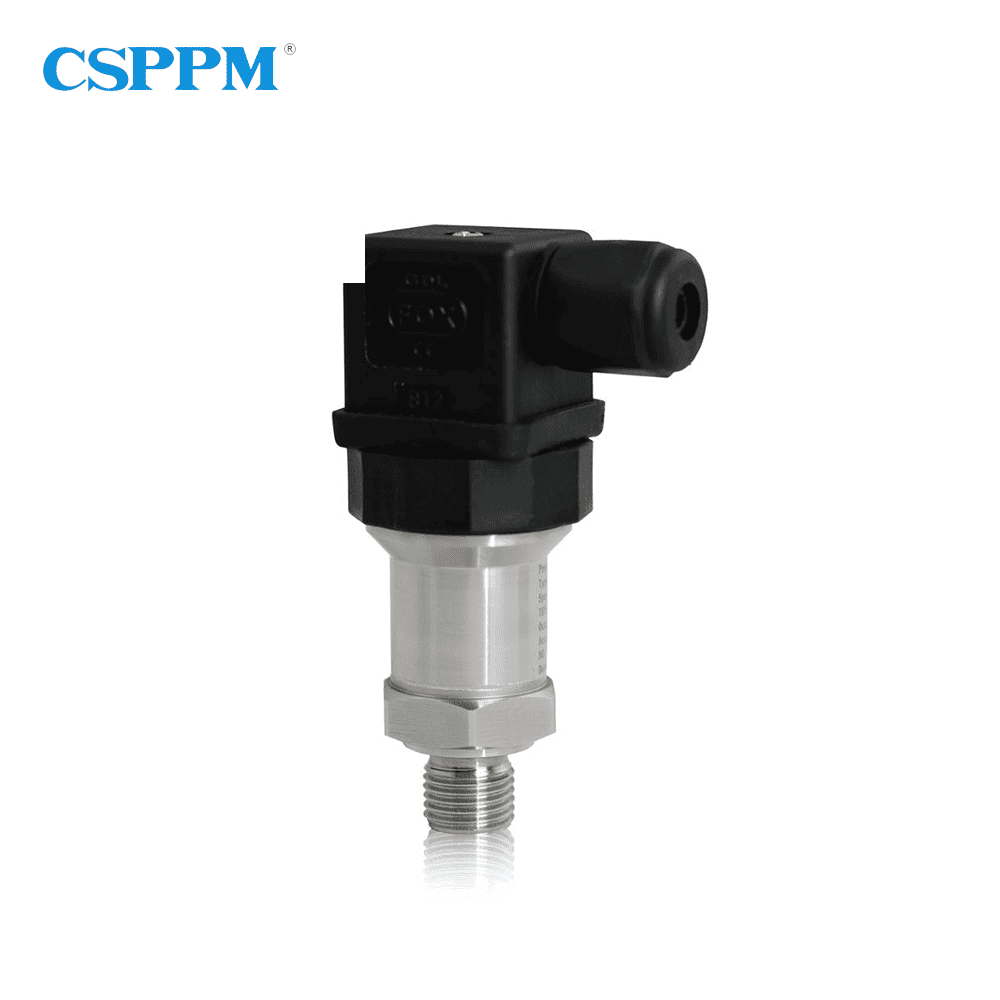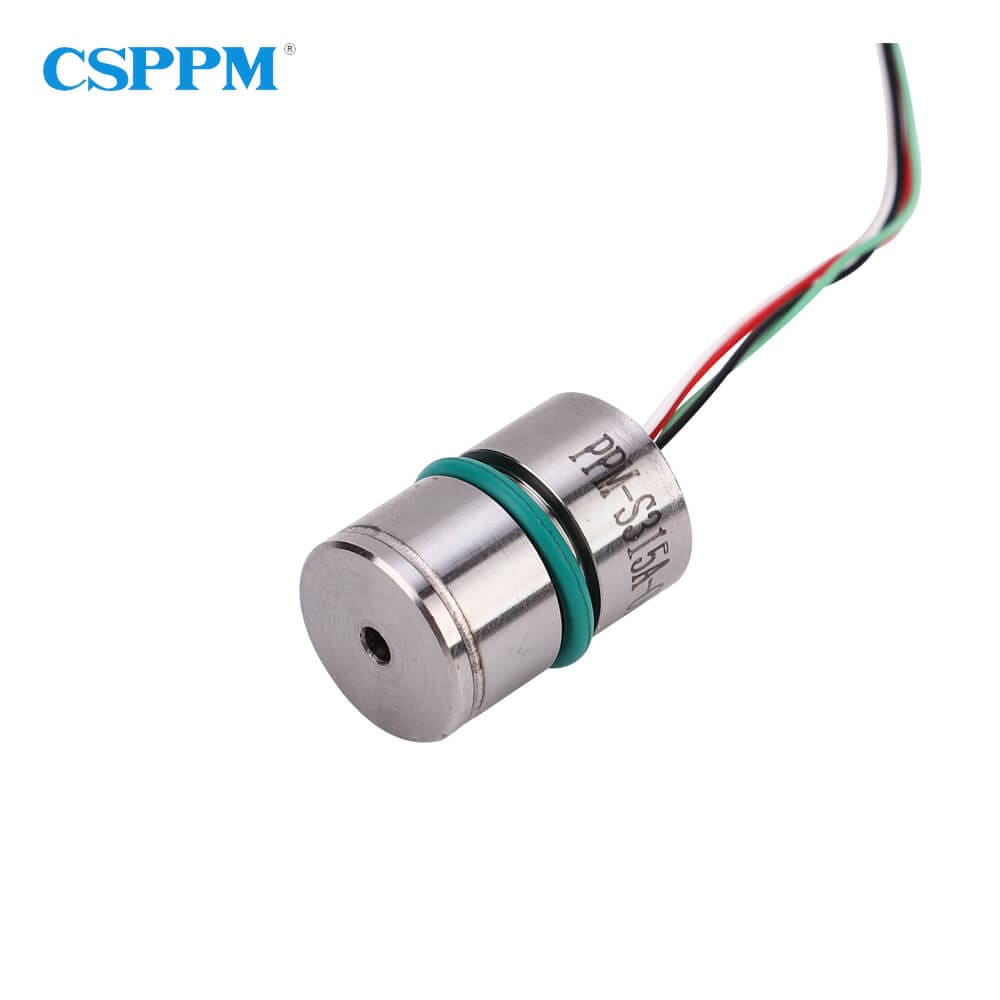Imagine you’re managing a manufacturing facility, and suddenly your pressure readings go haywire. This scenario is all too common—especially considering that, in a recent study, 30% of pressure transmitters fail to deliver accurate data. In this context, a sputtered thin film pressure transmitter emerges as a reliable alternative. With its cutting-edge technology, it promises enhanced precision, durability, and overall efficiency in your operations.

Traditional Pressure Transmitter Flaws
Let’s face it—traditional pressure transmitters can often disappoint. They may struggle under harsh environmental conditions or fluctuate, providing inconsistent data. Often, these devices rely on outdated materials that can’t withstand the rigors of modern industry. Why do failures always occur during critical operations? The truth is, with evolving technology demands, these older transmitters simply can’t keep pace. This is where the sputtered thin film pressure transmitter shines, bringing a breath of fresh air into an often stagnant system.
The Principles of New Technology
The sputtered thin film pressure transmitter utilizes advanced sputtering technology to create precise thin films on a substrate. This innovation increases sensitivity and reliability, making it ideal for various applications—from oil and gas to food processing. The core principle lies in its tailored design, allowing it to respond to pressure changes with remarkable accuracy. By embracing this technology, industries can experience a substantial reduction in operational downtime. Look, it’s simpler than you think; replace outdated systems with state-of-the-art options.

Quantified User Benefits
When it comes to the benefits of a sputtered thin film pressure transmitter, they go beyond mere numbers. Users often report up to a 25% increase in operational efficiency and significantly lower maintenance costs. That’s because these transmitters are built to last—offering superior resistance to temperature variations and environmental factors. This reliability translates to peace of mind during critical phases of production, allowing teams to focus on innovation rather than constant repairs. Always verify these three metrics when choosing solutions: ① accuracy rate ② environmental resistance ③ maintenance frequency.
Exploring Industrial Pressure Transmitters
Industrial pressure transmitters are essential in sectors like manufacturing and oil extraction. They help maintain process control by accurately measuring pressures vital to operations. However, given how integral these devices are, choosing the right one becomes crucial. A high-performance industrial pressure transmitter can significantly reduce downtime and ensure safety. You’ll find that a well-selected transmitter can integrate seamlessly with your existing systems and can be tailored to varied industrial needs.
The Role of Stainless Steel Pressure Transmitters
Stainless steel pressure transmitters serve as robust solutions in challenging environments, particularly in food processing or chemical plants where hygiene and durability are paramount. The inherent corrosion resistance of stainless steel provides longevity and reliability, something every facility strives for. Upgrading to a high-quality stainless steel pressure transmitter ensures you can handle demanding processes without the risk of failure. This choice can lead to lower maintenance costs and higher safety standards, essential for highly regulated industries.
Conclusion: Partner with CSSPM Sensor
In summary, if you’re seeking reliability, accuracy, and long-term savings, consider the advantages offered by a sputtered thin film pressure transmitter. Brands like CSSPM Sensor lead the way in manufacturing these innovative technologies, offering unmatched support and supply advantages that can put your operations on the fast track to success. By evaluating your needs carefully and choosing quality equipment, you can ensure optimal performance for years to come.

